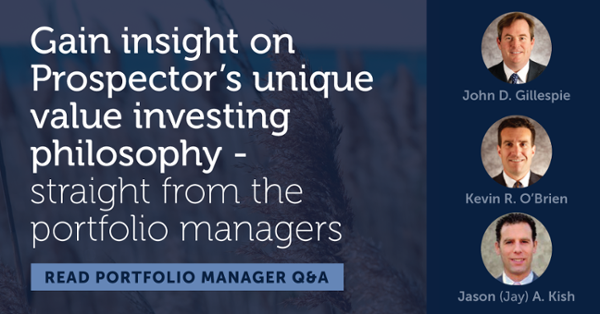Over the past two weeks, we have discussed the underperformance of value stocks relative to growth stocks during the current market cycle. However, when it comes to assembling a portfolio of value stocks with the strongest risk/reward characteristics, there are myriad different approaches. While the past two blogs have discussed different aspects of our Private Market Value (PMV) approach, this week we focus on the Free Cash Flow (FCF) technique.
(Read past two blogs on PMV here).
How Does Free Cash Flow Yield Analysis Work?
Free cash flow means just what it sounds like. It is the dollars of cash left over after management has properly tended to the required reinvestment of capital into their business. That capital can be in the form of hard asset capital expenditures or even additional investment in working capital to support the core business.
The actual FCF metric we use is to estimate the sustainable free cash generated by a company and divide it by the enterprise value, which is the equity market value plus the balance sheet debt net of cash. We like companies that generate more cash than they need. These companies tend to carry low levels of debt which protects them during unsettled equity market conditions and/or economic downturns.
The easiest route to a permanent loss is when a financing happens during adverse market conditions. The cost of equity and/or debt spikes and permanently confiscates value from pre-transaction equity holders.
Portfolio holding, Oracle Corp. (ORCL) is one example of a company we were attracted to based on their FCF profile, and rock-solid balance sheet. Oracle, which the market perceived as having missed the move to the cloud (led by Amazon Web Services and Microsoft’s Azure) had underperformed peers. However, we recognized that ORCL had what we deem a “second-mover advantage.” With the company’s large customer base remaining intact, Oracle has the ability to transition customers to the cloud at the clients’ own pace.
When we made our initial purchases of ORCL stock (mid-2018), the company traded at close to a 9% 2019 estimated FCF yield, while Microsoft (for example) traded at a 5% FCF yield. Microsoft has executed splendidly, and deserves their valuation. However, we feel as ORCL makes the transition to the cloud, this valuation gap will close. Meanwhile, Oracle has a very solid balance sheet and is aggressively buying back stock.
In conclusion...
...popular press has postulated over the past few years, “Is value investing dead?” We say no. During our careers, we have experienced long cycles of outperformance by both growth and value investing. In other words, there is an ultimate tendency to regress towards the mean between growth and value. Current market conditions are reminiscent of the late 1990’s with extended valuations for a relatively short list of large capitalization growth companies plus speculative valuations on technology-centric initial public offerings. When that cycle ended abruptly in early 2000, a seven-year period of value investing dominance ensued. While we cannot predict the timing of an inflection point, we are confident that it will ultimately occur. When it does, we plan to be ready.
If you would like to be notified when we release new insights, please let us know! Just complete the form on this page and we will deliver our content to your inbox once per week.


